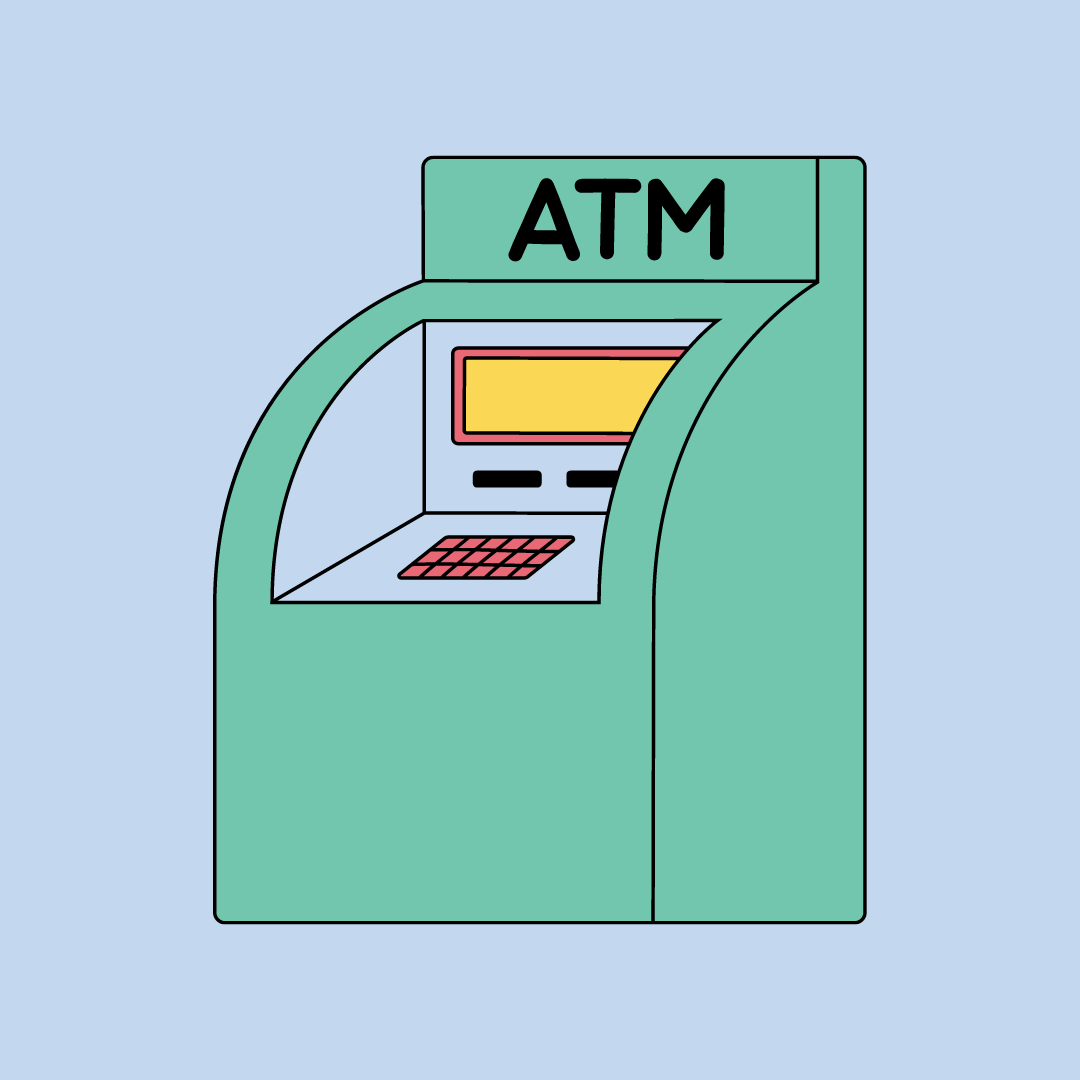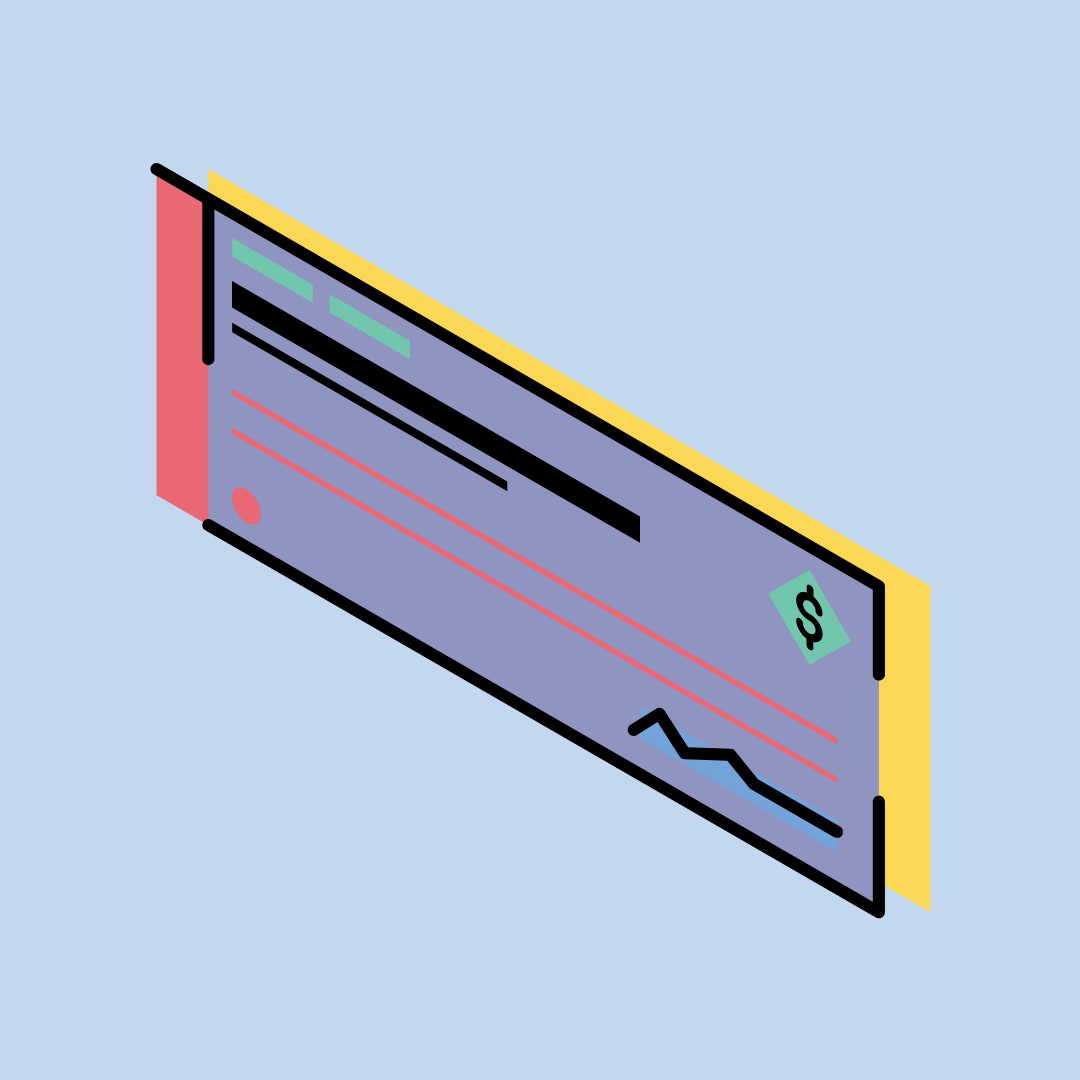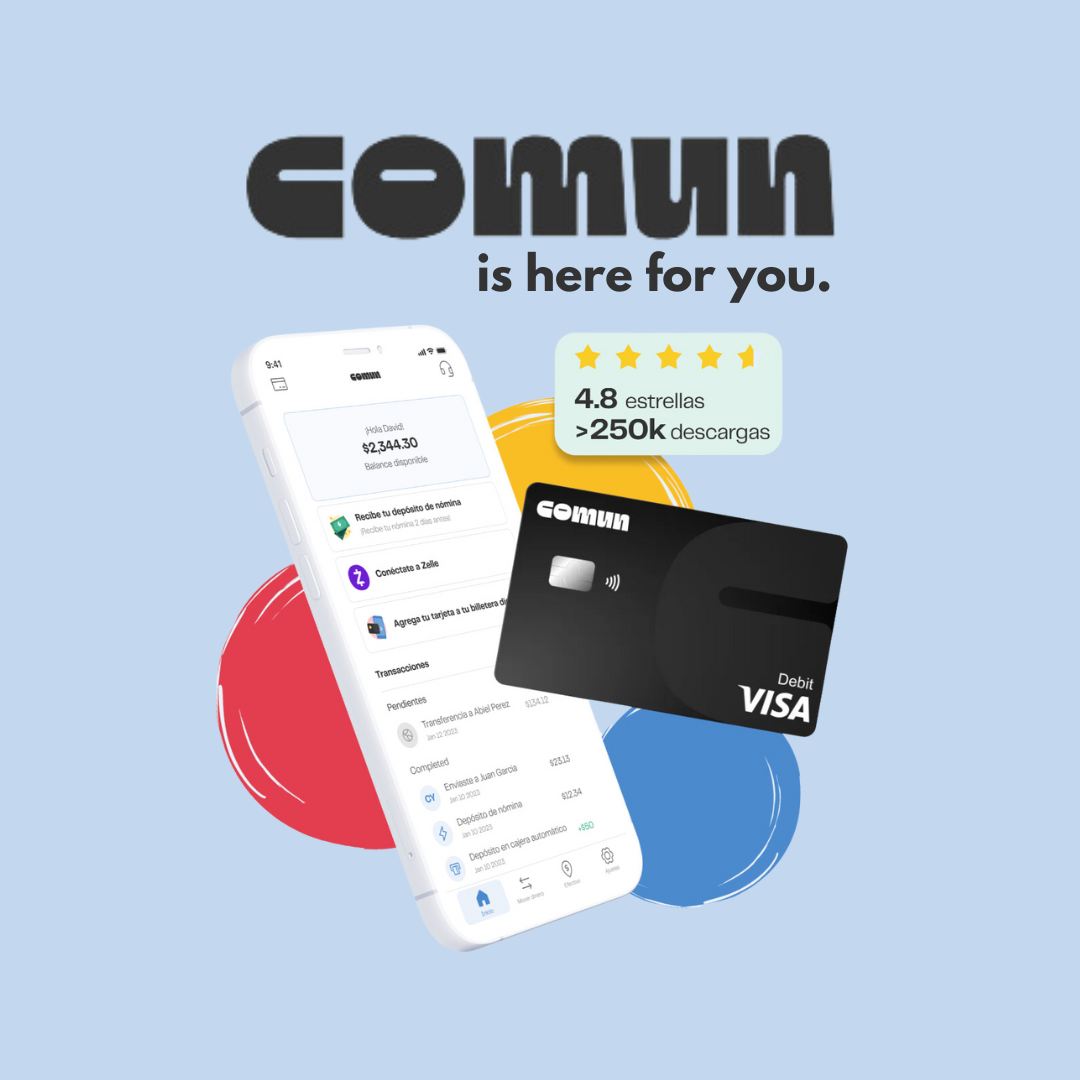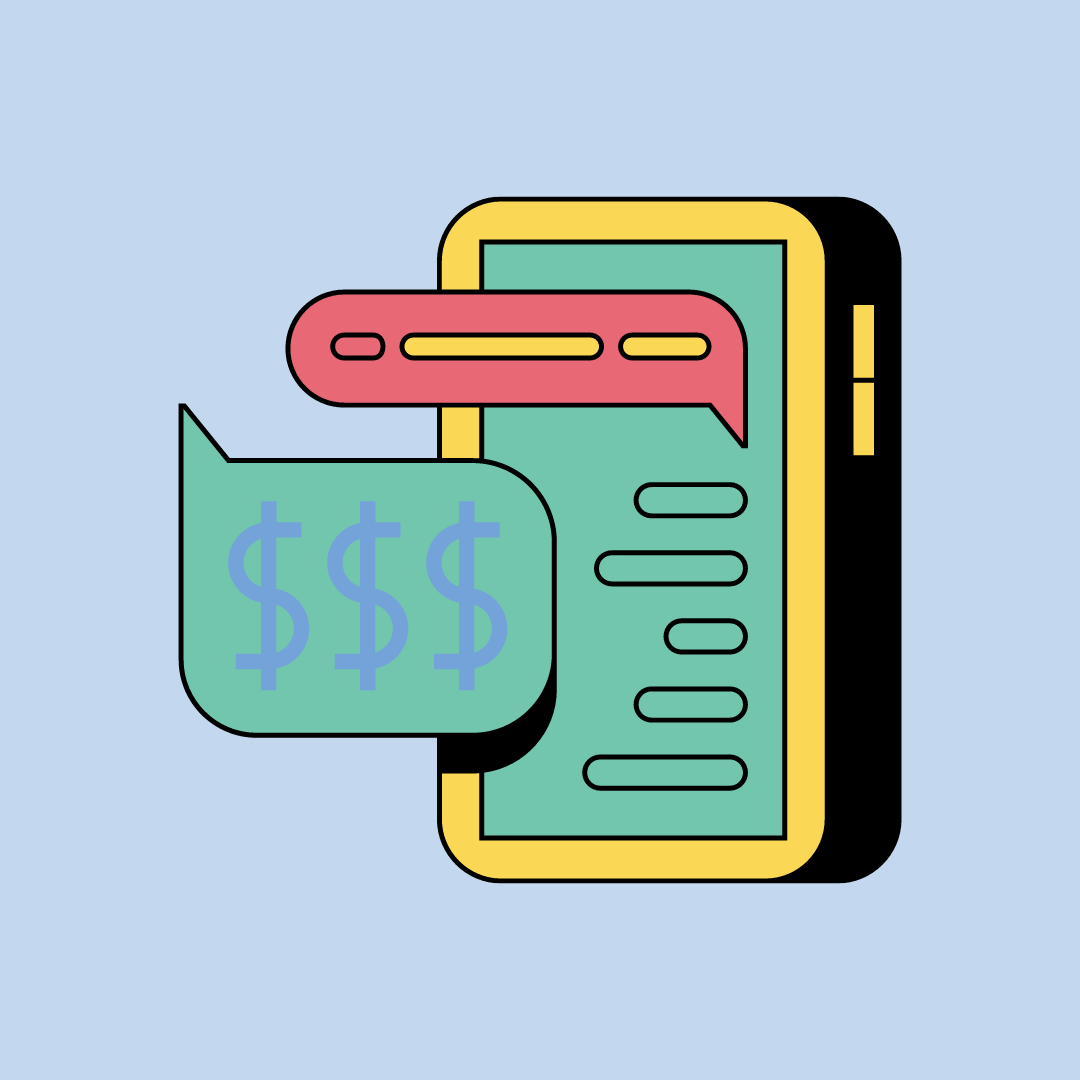
When it comes to using automated teller machines (ATMs), your safety and the security of your financial transactions are paramount. An ATM is an electronic banking device that allows customers to complete basic transactions without the need for a branch representative or teller. Anyone with a bank card can use an ATM to perform actions such as cash withdrawals, deposits, transfer funds between accounts or review account information.
ATMs are convenient, allowing access to banking services 24/7. They are typically located in various public places such as banks, shopping malls, airports, grocery stores and other locations where people may need to access their funds. Most ATMs require a personal identification number (PIN) to access services, providing a secure method for handling transactions. The machine dispenses cash and provides updated account balances as requested, along with other services such as bill payments, check deposits or charitable donations, depending on the capabilities of the specific ATM.
Comun - Banking designed for your life in the USA
Open your checking account¹ in 3minutes with any valid ID from your home country²
Open your account
Your banking account with VISA¹ card without absurd fees
$0 opening fee
$0 minimum balance
$0 monthly fee
Tips for Using an ATM Safely
Makinginformed decisions about where and how you access your money can significantly decrease the risks of theft and fraud. This checklist is designed to help you navigate the various aspects of ATM use, from selecting the safest locations to conducting transactions and monitoring your accounts afterwards.
Understanding these critical components can enhance your ATM experience, ensuring not only the security of your financial activities, but also your personal safety. Read on to learn how to choose the right ATM, prepare for your visit and handle your transactions with the utmost care.
Choosing the Right ATM
Location Matters
Choosinga secure location to access an ATM significantly reduces the risk of theft and fraud. Opt for machines located inside banks or in busy shopping malls where security cameras are more likely to be present. These locations typically offer a safer environment due to constant foot traffic and regular surveillance.
Visibility
Usingan ATM located in a visible, open area can deter potential thieves. ATMs hidden behind corners or structures are more prone to sabotage and can provide criminals with a hidden location to ambush users. Visibility acts as a natural deterrent against identity theft and a protective measure.
Before You Go
Plan Your Visit
Scheduleyour ATM visits wisely. Using ATMs during daylight hours is safer, as visibility is better and more people are likely to be around. Planning your visits during peak hours can further ensure your safety.
What to Bring
Takeonly essential items with you to the ATM, essentially your ATM card and perhaps a cell phone for emergencies. Avoid carrying large bags or wearing expensive jewelry that could make you a target for thieves.
At the ATM
Be aware of the situation
Alwaysbe alert to your surroundings when approaching and using an ATM. Watch for suspicious people or anyone loitering nearby for no apparent reason. If you feel uncomfortable, trust your instincts and walk away or choose another machine.
Handling Check
Beforeinserting your card, inspect the ATM for signs of tampering. Watch out for loose card slots, hidden cameras or any unusual features on the machine. These could indicate card copying devices or other tools used to steal your card information.
During Use
Protecting Your PIN
Coverthe keypad with your hand or body while typing your personal identification number (PIN) to prevent hidden cameras or observers from seeing your digits. This simple action can protect your bank account from unauthorized access.
Discreet Cash Management
Onceyour ATM transaction is complete, quickly collect your cash, card and any receipts, and secure them before walking away from the machine. Avoid counting cash at the machine; instead, do so in a secure location.
After Use
Monitor Your Account
Regularlyreview your bank statements, receipts and transaction history for discrepancies or unauthorized transactions. Set up alerts with your bank to receive notifications of significant transactions, which can help you act quickly in the event of fraud.
Responding to Problems
Ifyou notice any irregularities or suspect that an ATM has been tampered with, contact your financial institution immediately to report the problem and protect your funds.

Special Situations: Tricks to Ensure Your Safety
Using an ATM or your bank cards in a foreign country requires extra vigilance due to unfamiliar surroundings and possibly different types of fraud risks. Here are 10 tricks to help secure the use of your ATM and debit card transactions abroad:
- Inform Your Bank: Before traveling, inform your bank of your destination and travel dates. This can prevent your transactions from being flagged as suspicious and your card from being blocked for suspected fraudulent activity.
- Use Secure ATMs: Preferably use ATMs located in or inside banks. These are usually safer, better maintained and less likely to have cloning devices installed. Avoid ATMs in isolated locations or areas that appear unsafe. These machines may be more prone to tampering.
- Limit Use During Safe Hours: Where possible, use ATMs during daylight hours to increase security, especially in places with high foot traffic.
- Check for Tampering: Before using an ATM, check for unusual devices attached to the card slot, keypad or surrounding areas. Watch for any signs of tampering such as loose components or sticky residue.
- Secure Internet Banking: When accessing your online banking account while traveling, use a secure and private Internet connection. Avoid public Wi-Fi for financial transactions without using a VPN.
- Manage Your Withdrawal Limits: Consider temporarily lowering your daily withdrawal limit to minimize possible losses in case of card theft or cloning.
- Use Credit Cards Whenever Possible: Use credit cards instead of debit cards whenever possible. Credit cards often offer better fraud protection and limit your liability in case of unauthorized transactions.
- Monitor Your Accounts Regularly: Keep a close eye on your account statements and transaction alerts while traveling to quickly detect any unauthorized or suspicious activity.
- Carry a Backup Card: Have an extra card stored separately from your wallet for emergencies, which can be a lifesaver if your primary card is lost, stolen or compromised.
- Understand Local Currency and Fees: Familiarize yourself with the local currency to avoid confusion when withdrawing money and be aware of international transaction fees and withdrawal charges. Opting for fewer withdrawals of larger amounts can often be more economical than multiple smaller transactions.
When using ATMs or bank cards in foreign countries, the importance of remaining vigilant cannot be overstated. The unique challenges posed by unfamiliar environments and various fraud risks require a proactive approach to safeguarding your financial security. By informing your bank of your travel plans, choosing secure ATM locations and being aware of when and how you withdraw cash or access your funds, you can significantly reduce potential threats. Regularly monitoring your account, using secure internet connections for online banking and understanding local currency and fee structures are all critical measures that enhance your financial security abroad. Always carry a backup card and manage your withdrawal limits to further mitigate risks. By implementing these strategies, you can ensure that your financial transactions abroad are not only convenient, but also safe. Be prepared and informed to enjoy a hassle-free travel experience while keeping your finances protected.











.svg)